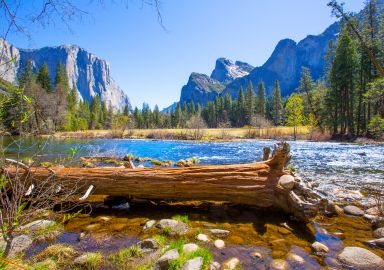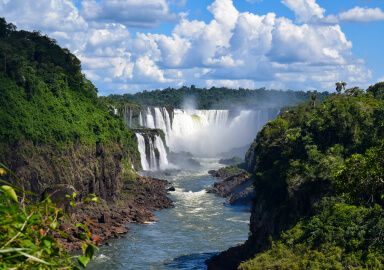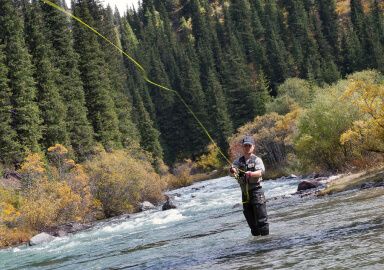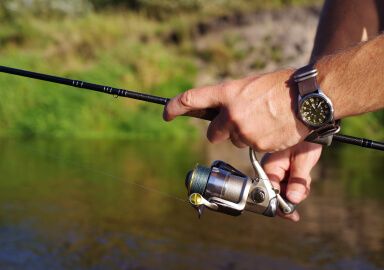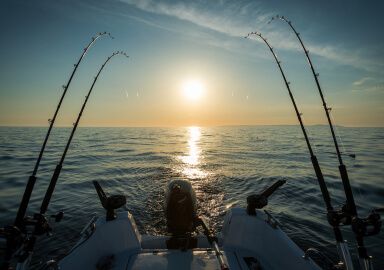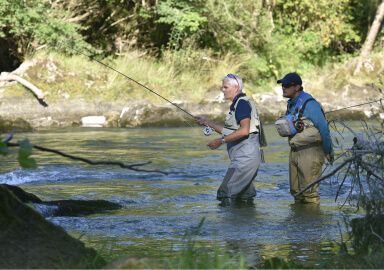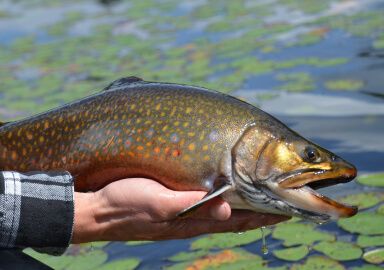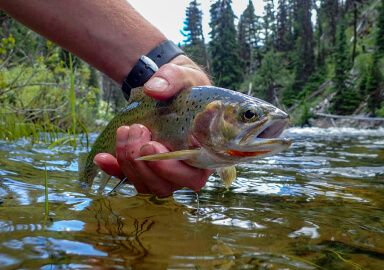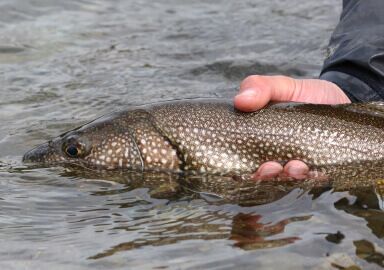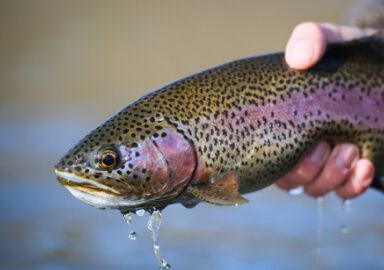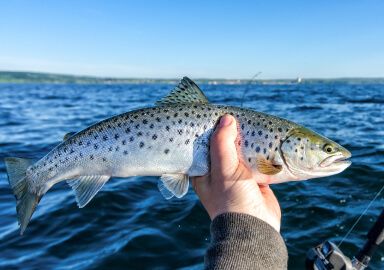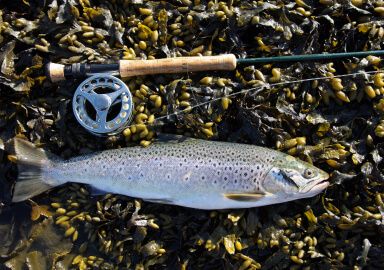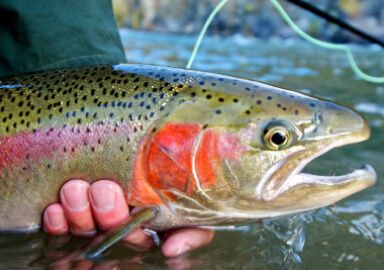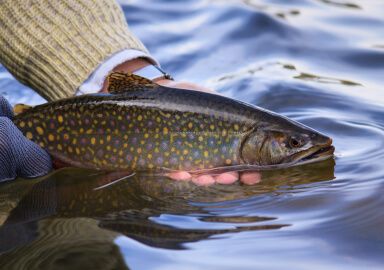Brown Trout
Brown trout can be found in rivers and streams all over the world. They can survive in warmer waters than other trout and are said to be the hardest to catch of all trout.
View 59 listings
59
listings
–
price starting from
11
countries
–
to the nearest trip
Where and When?
A loch in Scotland, a trout beat in England, a creek in Germany, a big river in the American West, a cobalt-blue lake in New Zealand, or a broad stream in Patagonia—these are all classic spots to fish for brown trout.
These big, highly adaptable trout have been introduced to suitable habitats all over the world from their original waters in Europe. In the late 1800s, brown trout followed the flag of the British Empire to places like India, Australia, New Zealand, and South Africa. Brown trout were also brought from Germany and introduced into 45 of the 50 U.S. states and many parts of Canada (in some parts of North America, brown trout are still called German trout).
One of the reasons brown trout were so widely transplanted is because they can thrive in warmer waters than most trout, preferring water between 56 and 66 F but able to survive for short periods in water as warm as 80 F.
Brown trout are caught throughout the year, but many anglers believe the biggest browns can be caught in the fall, when they are feeding heavily in preparation for winter.
About Brown Trout
Brown trout aren’t always brown; they run from green to brown and usually have a golden-yellow coloration on their sides and off-white on the belly. They usually have black spots along their sides with each dark spot surrounded by a lighter ring, mixed with red spots.
The brown trout is native to Europeand the British Isles. They can grow as large as 20 pounds (9 kg). Like brook trout, browns spawn in the fall. Certain populations of brown trout are anadromous, migrating between salt and freshwater; they are known as sea trout.
How to Catch?
Brown trout fishing can be done by wading, bank-fishing, fishing from a boat, or by ice fishing. Light tackle is generally called for, but brown trout can grow large, so it depends on the location. Bait fishermen can hang bait off a bobber or fish it along the bottom. Soft plastics, spinners, and spoons also work, but, of course, fly fishing is the classic way to catch brown trout. Brown trout eat 90 percent of their food under the surface, so nymphs and streamers are classic presentations. In streams, brown trout are likely to be found in deep pools and under cover of rocks, logs, overhanging vegetation, and undercut banks.
Brown trout are the most challenging to catch of all trout species. That’s why U.K. anglers look forward to “duffers’ fortnight”, a period in the spring when a huge mayfly hatch triggers a feeding frenzy in trout, and "any ol’ duffer" can catch fish!
